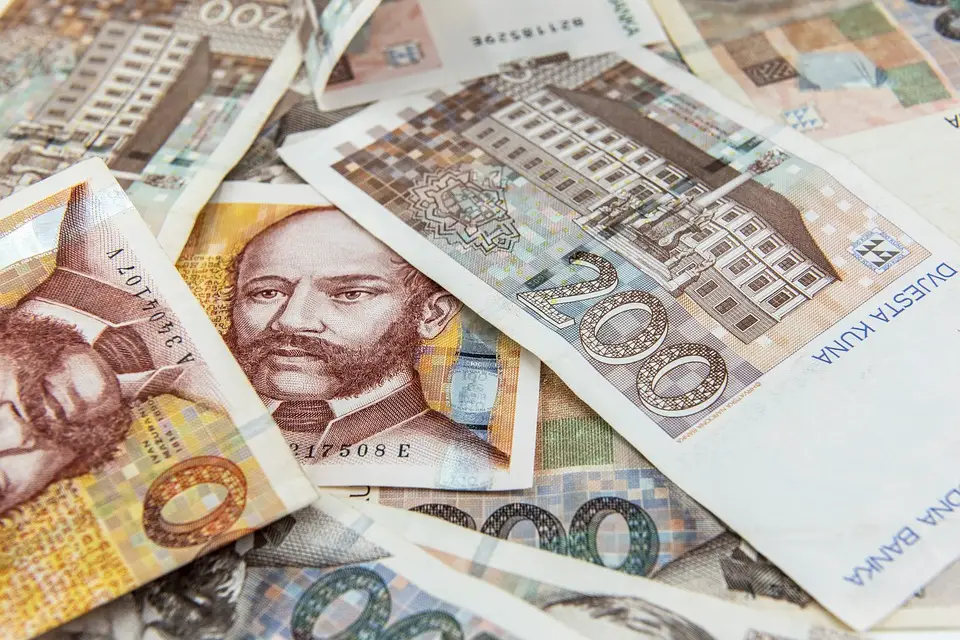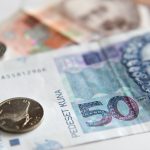As Poslovni Dnevnik/Jadranka Dozan writes, only a few months ago, the Croatian National Bank revised the growth estimate upwards (to 6.2 percent), and now they’re calculating that Croatian GDP growth rate will reach 8.5 percent this year. The latest projection was made by Governor Boris Vujcic at the Financial Market conference held in Opatija.
This is primarily based on the expected results of tourism, from which revenues, instead of the recent projections of 70 percent of those from pre-pandemic 2019, should reach as much as 90 percent. The CNB now calculates that the GDP growth rate will reach 8.5 percent this year.
Expectations from exports…
In addition to tourism and consumption, more rapid growth in 2021 than expected is also suggested by trends in merchandise exports, but in parallel with such dynamics of recovery after a sharp decline in 2020, expectations for next year are declining. The CNB now sees it at 4.1 percent in 2022, with, as the governor says, the risks associated with the pandemic and inflation, ie disruptions in supply chains.
However, indications of the return of production from Asia to the west may be an opportunity for part of that production to move to Croatia, according to the central bank. In any case, this year’s Croatian economic indicators turned out to be closer to the forecasts of a number of foreign banking groups and think tanks whose GDP growth forecasts from a few months ago (of seven, eight percent or more) seemed too optimistic until quite recently.
The latest set of data that arrived from the Central Bureau of Statistics – on industrial production, retail trade and trade in services – is on the trail of a faster pace of recovery than originally expected. Thus, according to the CBS, the volume of industrial production back in August was 5.2 percent higher than it was back during the same month last year.
After 2020, in which the coronavirus crisis was reflected in a drop in production of 3.4 percent, it is the ninth consecutive month of growth on an annual basis. The annual growth rate of production in August accelerated when compared to July (3.9 percent), and if the period from the beginning of the year to the end of the eighth month is observed, production now stands at 8.3 percent higher than it did last year.
When it comes to year-on-year comparisons in August, the production of so-called intermediate goods, there was an increase of almost ten percent when compared to August last year, and a solid 6.6 percent was also recorded in terms of capital goods. When it comes to non-durable consumer goods, the increase in production was more moderate (3.5 and 1.5 percent), while the decline, by four percent, was recorded only in the category of durable consumer goods.
In addition to the effect of the base period, and with the continued strengthening of both Croatian and foreign demand, the industry has seen a slow increase in the number of insured people, according to HZMO data, which encourages positive expectations, Raiffeisen Bank analysts said in a flash review of the latest figures on industrial production.
The impact of the base effect has long followed the comments of various other Croatian economic indicators. It is also partly responsible for the latest annual retail sales growth rates. Back in August, retail consumption increased by 18.3 percent year on year.
In addition to the mentioned base effect, such double-digit growth is a consequence of more favourable trends in tourism, and it was certainly contributed to by, as they say from RBA, “moderately positive trends on the labour market.”
August was the seventh month of consecutive (annual) growth in terms of Croatian consumption, and this series was preceded by 11 months of decline under the influence of the coronavirus crisis.
Double-digit growth rates
As with industry, retail sales in August saw accelerated growth year-on-year when compared to July when retail sales rose by 12.8 percent.
The growth of retail turnover in the retail trade of food, beverages and tobacco products exceeded 15 percent, while turnover from trade in non-food products (except trade in motor fuels and lubricants) recorded a stronger jump, only slightly less than 20 percent annually.
Cumulatively, from the beginning of the year to the end of August, retail trade recorded a 13.5 percent increase in turnover compared to the same period last year. Over the past year, retail sales fell by 5.8 percent in real terms.
The data from the Tax Administration on fiscalised receipts for the month of September signal the fact the next monthly announcement of the CBS on trade turnover will be in the form of a double-digit growth rate, although this data will also reflect this year’s strengthening of inflationary pressures.
For more, make sure to check out our dedicated business section.











